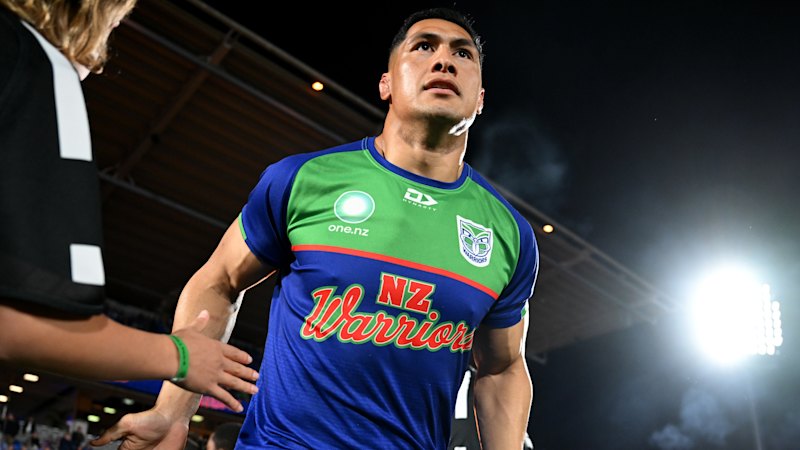
A proposed rugby union competition, known as R360, is stirring concerns among players and existing leagues. It aims to attract top talent by offering lucrative contracts, with reports indicating potential salaries reaching up to US$2 million per season. This initiative mirrors the disruptive approach of LIV Golf, which has altered the landscape of professional golf. The ramifications for rugby could be significant, particularly for the National Rugby League (NRL) and its capacity to retain talent.
The initial buzz surrounding R360 raises questions about its viability. Detractors argue it may fail to attract a substantial audience. Yet, the real concern lies in its potential impact on current competitions. Players who defect could weaken their existing teams, regardless of viewer numbers. This issue parallels the ongoing corruption scandal involving the Papua New Guinea (PNG) franchise, where board member Wapu Sonk stepped down following allegations of misconduct. PNG Prime Minister James Marape demanded Sonk’s resignation just hours after the allegations surfaced.
Last week, reports surfaced that Roger Tuivasa-Sheck, a prominent player for the Warriors, is considering a contract with R360 worth US$1 million per season. His agent, Bruce Sharrock, confirmed the interest but noted that the reported figure might be underestimated. If R360 can offer more than double the salary of the NRL’s highest-paid player, Kalyn Ponga, who earns US$1.4 million, it raises concerns about the competition’s attractiveness to other stars.
R360 aims to establish a global league with eight franchises operating in a similar fashion to Formula 1 and LIV Golf. To succeed, it requires a minimum of 200 players, or 25 per team, creating a significant draw for northern hemisphere fans. The competition is targeting players currently engaged in the Investec Champions Cup, the leading European rugby tournament.
Organizers face a tight timeline. By September, they need to finalize the franchise purchases, secure a broadcasting partner, and sign the necessary players. Current estimates suggest they have commitments from around 140 players. This scenario poses a dual challenge for rugby and the NRL, especially with the World Cup on the horizon in 2027 and new teams entering the NRL in 2028.
The NRL currently faces pressure to retain its player base. With the league expanding to 19 teams, it will need additional players to fill the roster. Even a small number of defections could create significant gaps, particularly in key positions. The NRL has experienced various threats over the years but has remained resilient.
The situation is reminiscent of the struggles faced by LIV Golf, which has seen mixed success. While the Adelaide event drew significant crowds, the overall viewership in the United States has been lackluster, averaging around 175,000 viewers on Fox Sports compared to the PGA Tour’s three million viewers.
As the rugby landscape evolves, the potential impact of R360 will continue to be a point of contention. The future of the NRL and the sport’s global appeal may hinge on how players respond to these new opportunities. The coming months will be critical for determining the direction of rugby union and its ability to adapt to emerging challenges.





